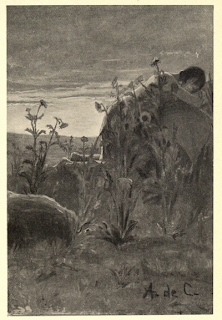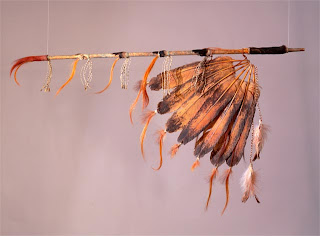Reading Notes: Sioux Unit Part B

This week’s readings of the Sioux tribe were highly interesting. First off, the vivid details that were consistently conveyed across multiple stories were highly consistent and rich. An example of this was in the story Iktomi’s Blanket when it was speaking of the season changes from the perspective of the Great Spirit (another common theme that I’ll go over) that stated, “snow-white blanket” and “everlasting hill”. These two description words were obviously used with a purpose of creating a more mystical-type of tone, one of reverence for the Great Spirit who controls so much of these Native American lives. A big theme that I could see within these stories was one of familial ties. Obviously, family is important to so many different cultures throughout the world, but it can be seen even more evidently in these short stories. Iktomi’s grandfather is seen throughout the story, he is prayed to, and his ancestors are further involved with the story. This type of theme is always inter...


.jpg)

.jpg)
.jpeg)
